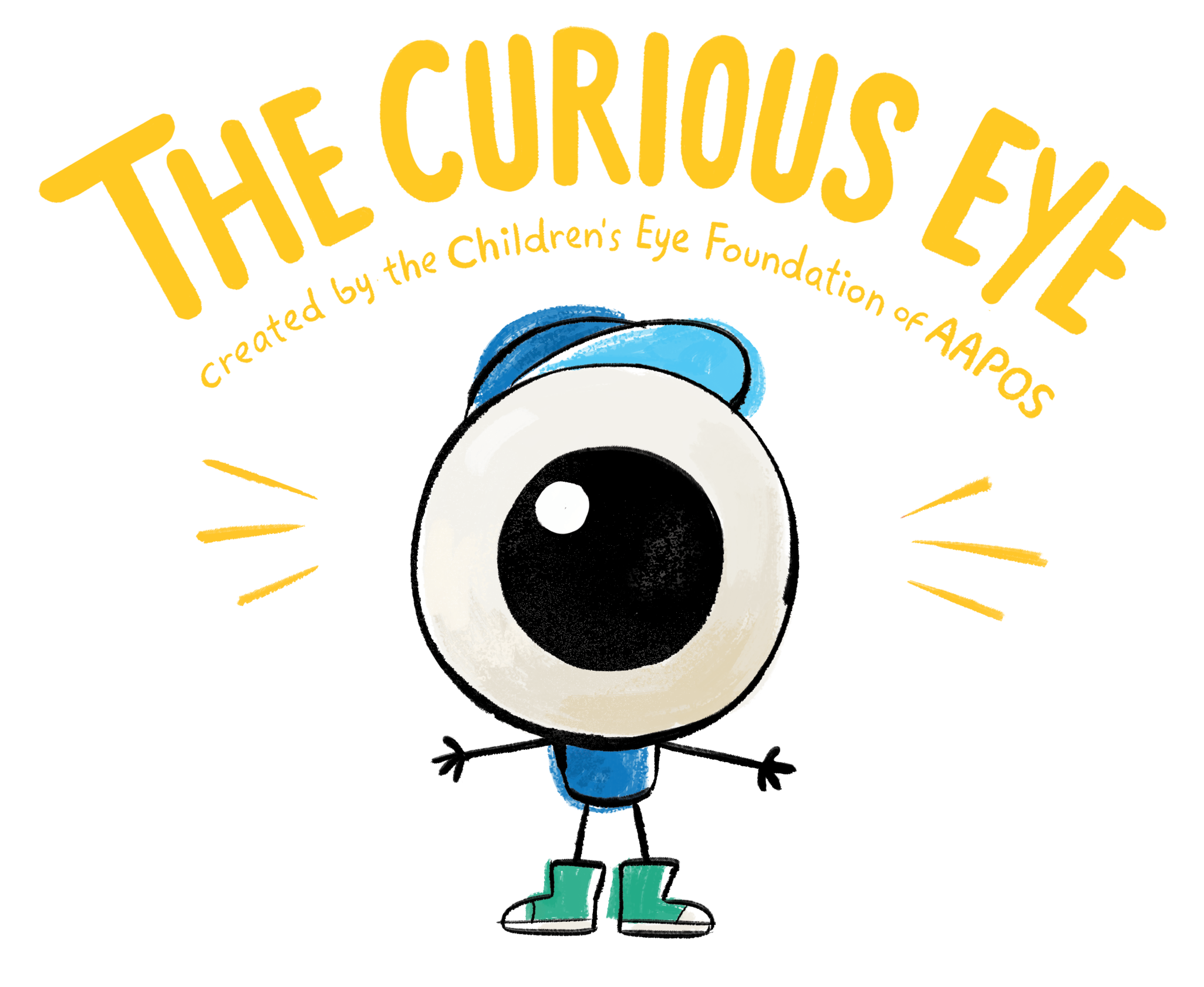Children are asked to point out the creatures and see if they’re able to distinguish between reds, oranges, and greens. The book also includes an answer key at the end of the story to help parents determine if they should contact an eye-care professional for a CVD diagnosis.
The Curious Eye
 Color vision deficiency (CVD), otherwise known as color blindness, can be difficult to catch in kids. Neither schools nor most physicians’ offices screen for CVD, despite it affecting one in 12 males and one in 200 females globally.
Color vision deficiency (CVD), otherwise known as color blindness, can be difficult to catch in kids. Neither schools nor most physicians’ offices screen for CVD, despite it affecting one in 12 males and one in 200 females globally.
To meet the demand for early CVD diagnoses, the Children’s Eye Foundation of the American Academy of Pediatric Ophthalmologists (AAPOS) has introduced the first-ever interactive childrens’ book to help screen for color blindness: The Curious Eye. The book helps identify red-green, blue-yellow, and monochrome CVD in children with an engaging, rhyme-riddled reading adventure and colorful nature illustrations.
The Curious Eye is a 24-page story designed for a first-grade reading level. It’s based on the Ishihara test, which features a series of multicolored dots in the shape of numbers, something that someone with CVD has difficulty seeing. In the book, the dots are instead illustrated in the shape of animals, such as turtles, monkeys, butterflies, and dolphins.
Parents can download The Curious Eye for free at thecuriouseye.org, where they can also access more information on CVD. They can also use the site’s ophthalmologist locator to find the nearest pediatric ophthalmologist or donate to the Children’s Eye Foundation of AAPOS.